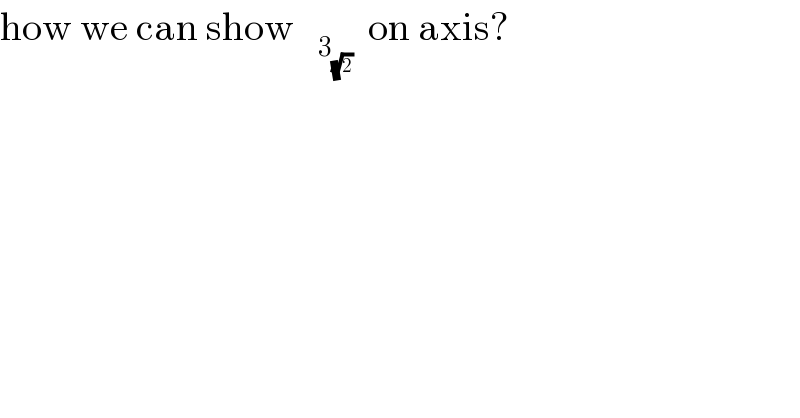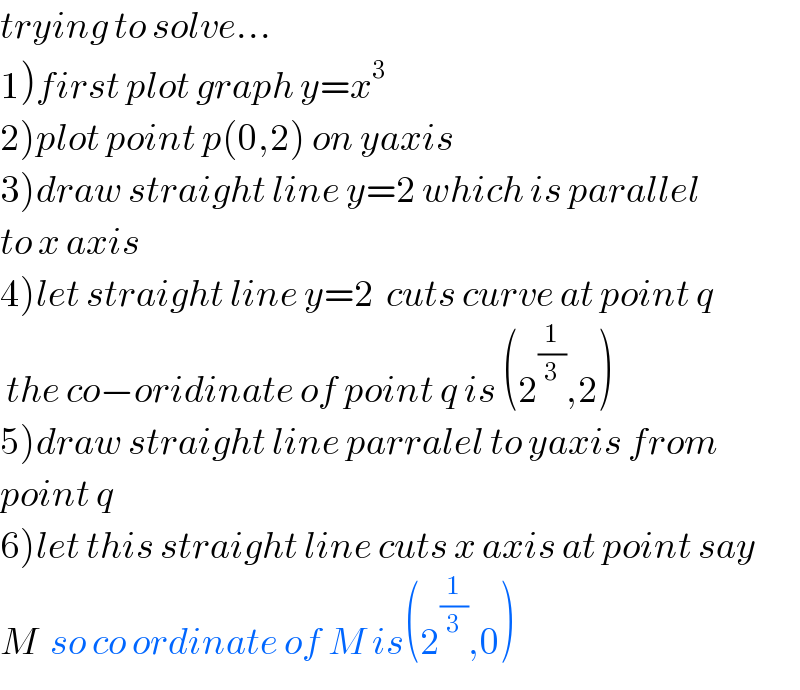
Question and Answers Forum
Question Number 48129 by kaivan.ahmadi last updated on 19/Nov/18

Answered by tanmay.chaudhury50@gmail.com last updated on 20/Nov/18

Commented by MJS last updated on 20/Nov/18

Commented by kaivan.ahmadi last updated on 20/Nov/18

Commented by MJS last updated on 20/Nov/18

Commented by kaivan.ahmadi last updated on 20/Nov/18

Commented by MJS last updated on 21/Nov/18

